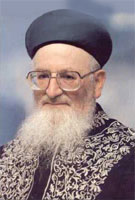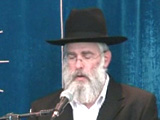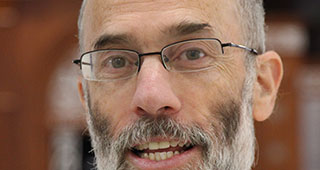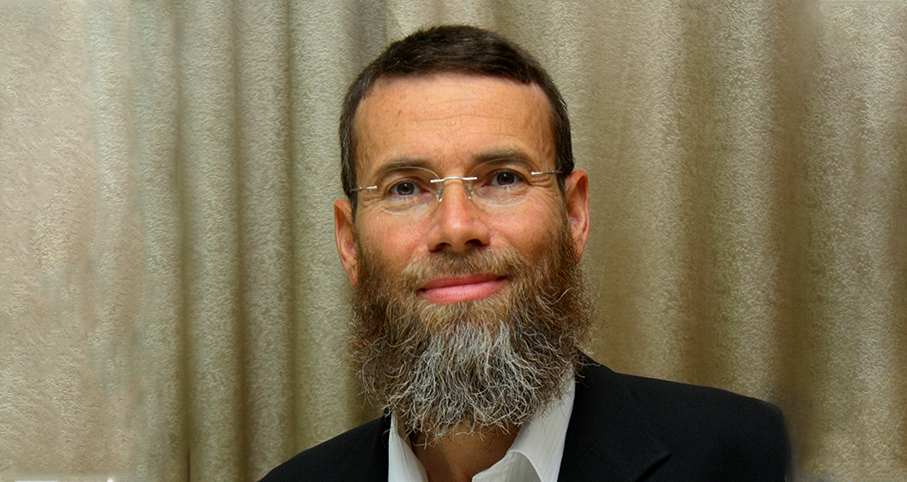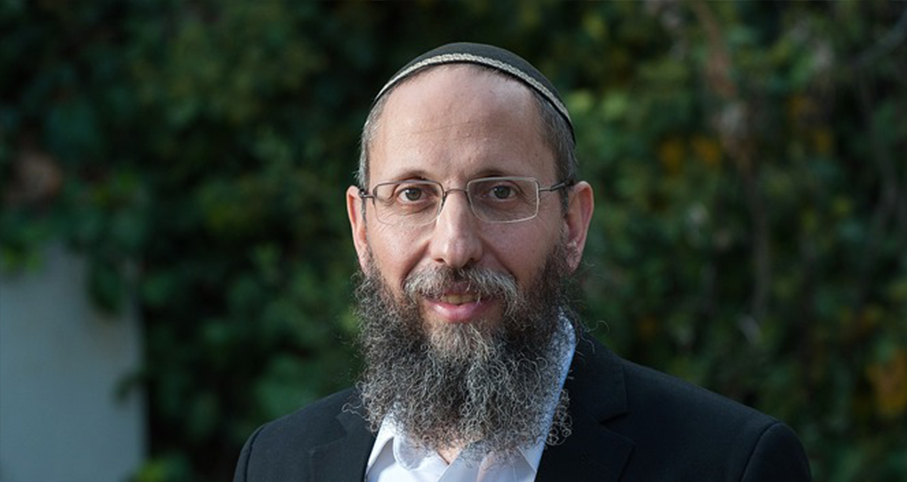Beit Midrash
- Sections
- Chemdat Yamim
- P'ninat Mishpat
Why are the Laws of Neighbors so affected by local custom? The Chatam Sofer (Shut V, 79) points out that living situations clearly must have undergone great change from the time that Jews lived in their own land to when they lived in exile. Nevertheless, the Talmudic chachamim of Bavel were able to judge issues that arose among Jews, and that which they ruled became Torah law and determined what is appropriate from a Torah perspective. The Chazon Ish (Bava Batra 12:6) writes similarly that it is the chachami’s authority to determine what is considered a person acting on his own prerogative in his property and what is considered damaging one’s friend. Whatever they decided, says the Chazon Ish, became the Torah law.
The logic behind these ideas is that the basis of the Laws of Neighbors is that one is forbidden to steal from his friend. Regarding movable objects, stealing consists of taking another’s object. Regarding living quarters, where one has rights to use the property, there are gray areas in regard to what actions infringe on another’s rights to use his property as he deserves. The chachamim had to draw the lines. It is possible that in regard to a place where the government or municipality supplies the population with the right to build and live, the guidelines they set have a strong impact on the related halacha.
What happens when the local regulations do not add restrictions but take away from the protection that halacha gives members of the community? Sometimes, at least according to certain opinions, we do not follow the local minhag in these matters. Rabbeinu Tam (Tosafot, Bava Batra 2a) says that when the local custom is to make a fence between the properties of two partners that does not uphold privacy needs, we do not follow the minhag. The Rosh (Shut 18:15) says that even when the practice among the non-Jews is to allow one to build in front of another’s window and cause darkness, local Jews may not do this to their friends.
In other words, local practice can add restrictions but cannot eliminate those that are halachically mandated. By adding restrictions, one is not going against the halachic rulings, as the permission had been contingent on the prospect that it would not infringe on another’s own acquired rights. When local practice gives him more rights, it is as if he acquired additional property. The gemara (Bava Batra 22a) says that one has to leave four amot next to a neighbors wall so that people’s walking next to the wall will strengthen it. The Maggid Mishneh (Shcheinim 9:9) explains that it refers to where the property was acquired from the king, which, according to local practice, means that an additional four amot were put at his disposal for this purpose.

P'ninat Mishpat (801)
Various Rabbis
113 - The Status Home Expansion
114 - The Status Regarding Home Expansion
115 - Litigants' Agreement to Special Rules of Adjudication
Load More

P'ninat Mishpat: Using Car that Was Supposed to be Returned
based on ruling 84065 of the Eretz Hemdah-Gazit Rabbinical Courts
Beit Din Eretz Hemda - Gazit | Av 5785

P'ninat Mishpat: Unsuccessful Transfer of Yeshiva – part III
based on ruling 82138 of the Eretz Hemdah-Gazit Rabbinical Courts
Beit Din Eretz Hemda - Gazit | Nisan 5784

P'ninat Mishpat: Smoking Rights in a Rental? – part I
based on ruling 85076 of the Eretz Hemdah-Gazit Rabbinical Courts
Beit Din Eretz Hemda - Gazit | Tishrei 5786

P'ninat Mishpat: Amounts and Conditions of Payment to an Architect – part IV
based on appeal of ruling 83061 of the Eretz Hemdah-Gazit Rabbinical Courts
Beit Din Eretz Hemda - Gazit | Sivan 5785

Various Rabbis
Various Rabbis including those of of Yeshivat Bet El, such as Rabbi Chaim Katz, Rabbi Binyamin Bamberger and Rabbi Yitzchak Greenblat and others.

Moreshet Shaul: A Crown and its Scepter – part II
Based on Siach Shaul, Pirkei Machshava V’Hadracha p. 294-5
Av 5785

Following the Majority When the Minority Is More Knowledgeable
5771

Responsibilities Based on Different Modes of Influence
Sivan 26 5777














